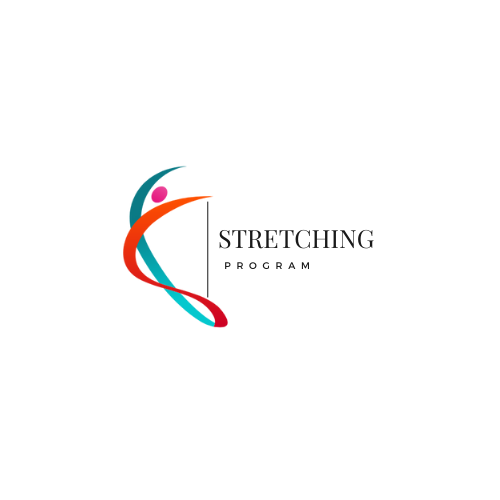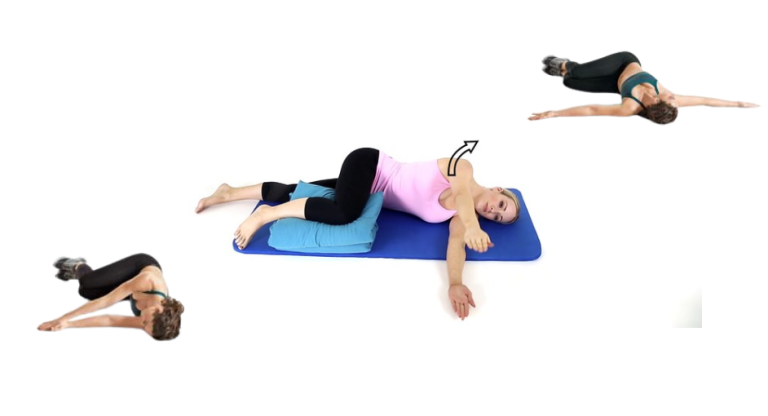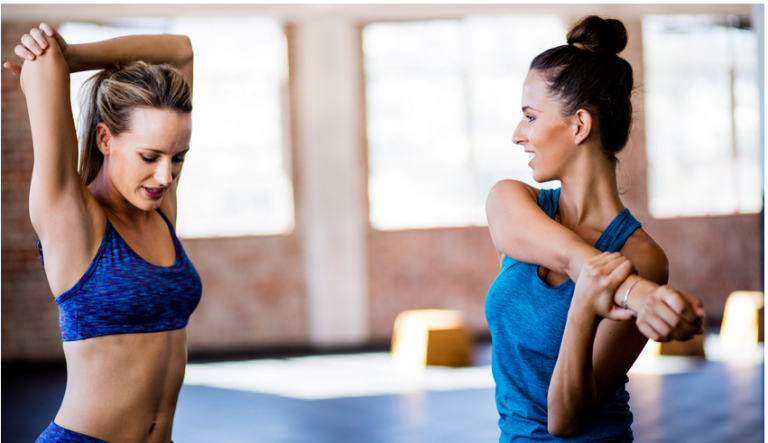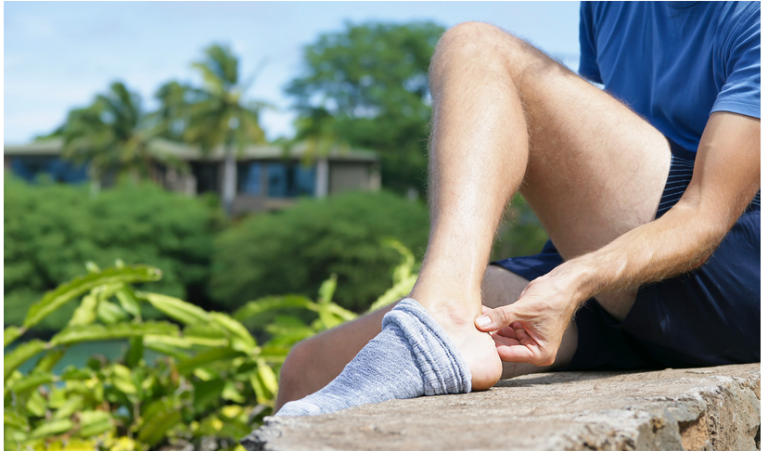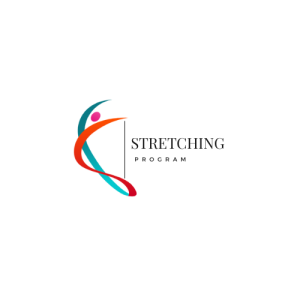
Calisthenics Stretching: Essential Routines for Improved Flexibility and Strength
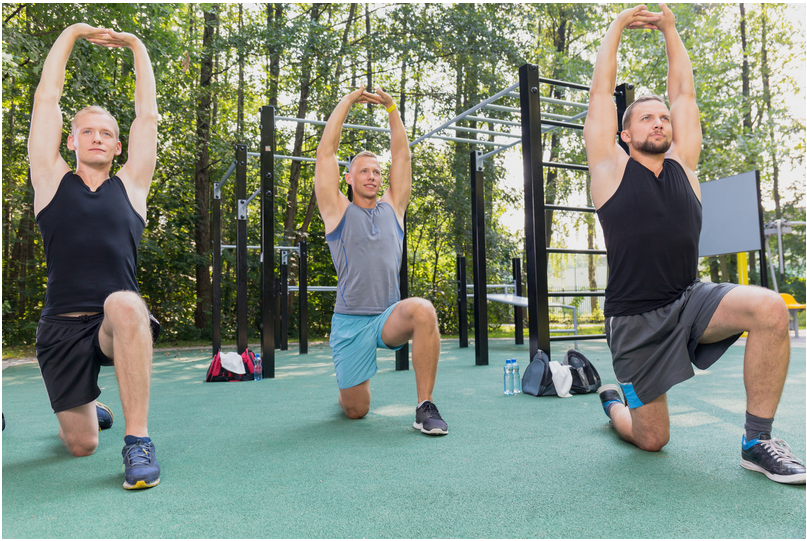
Calisthenics stretching is an essential aspect of any calisthenics workout routine, as it helps improve flexibility and mobility while reducing the risk of injury. Stretching exercises target various muscle groups involved in calisthenics movements, ensuring a balanced and thorough warm-up routine. Whether you’re a beginner or an advanced practitioner, incorporating stretching into your calisthenics routine is vital for optimal performance and overall body health.

Before any calisthenics workout, it’s crucial to include pre-workout stretching exercises that help prepare your body for the upcoming movements. This can help increase blood flow, improve joint mobility, and enhance muscle elasticity. Similarly, post-workout stretching exercises are equally important in promoting muscle recovery, reducing muscle soreness, and maintaining and improving flexibility and range of motion. Together, these elements contribute to the essential mind-body connection, allowing you to perform at your best and reduce the potential for injury.
Key Takeaways
- Calisthenics stretching improves flexibility, mobility, and reduces injury risk
- Include pre-workout and post-workout stretching for optimal performance
- Stretching enhances the mind-body connection in calisthenics workouts
Fundamentals of Calisthenics Stretching

Understanding Calisthenics Stretching
Calisthenic stretching is a crucial component of any calisthenics workout routine, as it helps improve flexibility, maintain mobility, and reduce the risk of injury. In this section, I will discuss the fundamentals of calisthenic stretching and provide an overview of some of the key stretches to incorporate into your routine.
One of the most important aspects of stretching for calisthenics is targeting the primary muscle groups used in this discipline, such as the shoulders, chest, back, and legs. A good routine to follow may include:
- Downward Facing Dog: This helps in opening up the shoulders and provides a good stretch for the hamstrings and calves. Aim to bring your heels to the ground and, if needed, bend your knees to make it easier1.
- Chest Opener: Stand sideways near a wall, reach back and place your hand on the wall, arm straight. Gently turn your body away from the wall until you feel a stretch in your chest and shoulders2.
- Hamstring Stretch: Sit on the ground with one leg extended, while the other remains bent. Reach for the foot of your extended leg, maintaining a straight back. Hold for 15-30 seconds, then repeat on the other side3.
Incorporating a variety of static and dynamic movements into your stretching routine is also essential4. Static stretches involve holding a position for a given time, while dynamic stretches involve moving a joint through its full range of motion.
For example, some dynamic stretches you could include are:
- Leg Swings: Stand next to a wall for balance and swing one leg forward and backward, gradually increasing the range of motion. Repeat for 10-15 swings and switch legs5.
- Arm Circles: Extend your arms out to your sides and make small circles with your hands, gradually increasing the size of the circles. Change the direction of the circles and repeat for a total of 20-30 seconds6.
Remember, it’s crucial to listen to your body and gradually progress in your calisthenic stretching routine. Regular practice will yield improved flexibility, strength, and overall performance in your calisthenics workouts.
Benefits of Stretching in Calisthenics

One of the key components of practicing calisthenics effectively is incorporating a proper stretching routine. In this section, I will cover the benefits of stretching in calisthenics, with a focus on injury prevention, flexibility improvement, and performance enhancement.
Injury Prevention
Calisthenics, just like any physical activity, can put stress on our muscles and joints. By incorporating stretching into my routine, I allow my body to warm up properly, increasing blood flow and gradually preparing the muscles and joints for the demanding movements that calisthenics require. In the Hybrid Athlete’s article on Dynamic Stretching and Warm-up for Calisthenics, they emphasize how important warming up is for reducing the risk of injury.
A consistent stretching routine can improve joint stability and decrease the chance of common injuries like strains and tears. This is because stretching helps to maintain and improve our range of motion, which is crucial for preventing injuries during calisthenics.
Flexibility Improvement
As I practice calisthenics, I need to ensure that my body is flexible enough to perform the movements correctly and efficiently. Consistent stretching helps me to achieve this by lengthening and strengthening my muscles. It also aids in reducing muscle imbalances, which can lead to injuries or poor performance.
An excellent example of a stretching routine for calisthenics practitioners can be found in this Calisthenics Family article, which includes stretches like the Downward Facing Dog to improve flexibility in the shoulders, hamstrings, and calves.
Performance Enhancement
Lastly, incorporating stretching into my calisthenics routine also enhances my overall performance. By increasing flexibility, I can achieve greater mobility and range of motion, which is necessary for executing advanced calisthenics moves.
Additionally, stretching can help relieve muscle soreness and stiffness, leading to a faster recovery time. When I recover more quickly, I can train more frequently and consistently, which translates into better results.
In conclusion, incorporating stretching in calisthenics provides significant benefits, such as injury prevention, flexibility improvement, and performance enhancement. By dedicating time to a proper stretching routine, I can improve my calisthenics practice and enjoy better overall results.
Pre-Workout Stretching

Dynamic Stretching Before Calisthenics
When I begin my calisthenics stretching warm-up routine, I always start with dynamic stretches. Dynamic stretches are crucial for preparing the muscles for any physical activity, including calisthenics. These stretches involve moving through a range of motion, helping to increase blood flow and flexibility.
Some of my favorite dynamic stretches for calisthenics include:
- Leg swings: I stand next to a wall for support and swing one leg forward and backward, then switch to the other leg.
- Arm circles: I extend my arms out to the side and make small to large circles, both clockwise and counterclockwise.
- Hip circles: I place my hands on my hips and make circular movements in both directions to loosen up my hip joints.
- Torso twists: I stand with my feet shoulder-width apart, extend my arms out to the side, and twist my torso from side to side.
These dynamic stretches help activate and warm up my muscles before engaging in more intense calisthenics exercises.
Wrist and Shoulder Preparation
Preparing my wrists and shoulders is an essential part of my pre-workout routine for calisthenics. As many calisthenics exercises heavily rely on upper body strength – such as pull-ups, push-ups, and handstands – properly stretching and warming up these joints can reduce the risk of injury and improve overall performance.
My go-to calisthenics wrist stretches include:
- Wrist circles: I rotate my wrists in circular motions, both clockwise and counterclockwise, for 10-15 seconds each direction. This can be done while standing or sitting.
- Wrist flexor stretch: I place both of my hands on the ground, fingertips facing my body, and gently lean backward, stretching the forearms and wrists. I hold this stretch for 15-30 seconds.
For calisthenics shoulder stretches, I incorporate the following:
- Shoulder rolls: I slowly roll my shoulders forward and backward for 10-15 seconds each direction.
- Chest opener stretch: I stand sideways near a wall, reach back and place my hand on the wall with my arm straight. I gently turn my body away from the wall until I feel a stretch in my chest and shoulder, holding for 15-30 seconds before repeating on the other side.
Incorporating these stretches before calisthenics helps me ensure that my wrists and shoulders are warmed up and ready for a safe and effective workout session.
